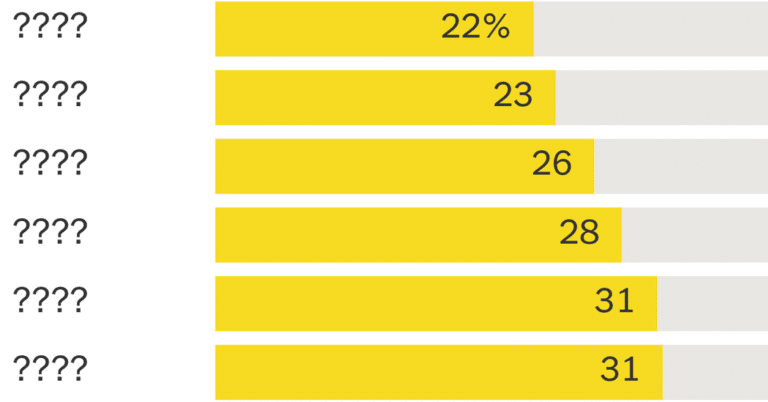Here are the meanings of the 10 hardest words that have also been used in New York Times articles.
1. cicely — a perennial with white flowers and fernlike leaves:
The razor clams, a must-try, are served raw, accompanied by a vinaigrette and shallot sauce, and sprinkled with yellow dandelion and white sweet cicely blossoms. — In the Faroe Islands, Art, Food and Fashion Take a Cue From Nature (Aug. 30, 2023)
2. labile — liable to change; unstable:
Journals were key to the dissemination of the Jena Set’s ideas, but trying to fill their pages with good writing presented a logistical challenge, demanding a methodical pragmatism that didn’t always come naturally to the labile Romantics. — These Romantics Celebrated the Self, to a Fault (Sept. 14, 2022)
3. coulee — a ravine:
The plowed land closest to our farm held an old buffalo wallow, and there used to be tepee rings in the front pasture. This part of Montana, Lewis and Clark country, is flat and implacable with swells, coulees and hills. — 52 Places to Love in 2021 (Jan. 6, 2021)
4. motet — a vocal composition, often religious:
Another wonderful motet by Byrd is “Justorum animae,” which is basically a commemoration or a celebration of martyrs. It’s quite clear whom he means. He was seeing people being put to death because of their faith. — How William Byrd Influences Music, 400 Years After His Death (July 4, 2023)
5. Post Views: 12


